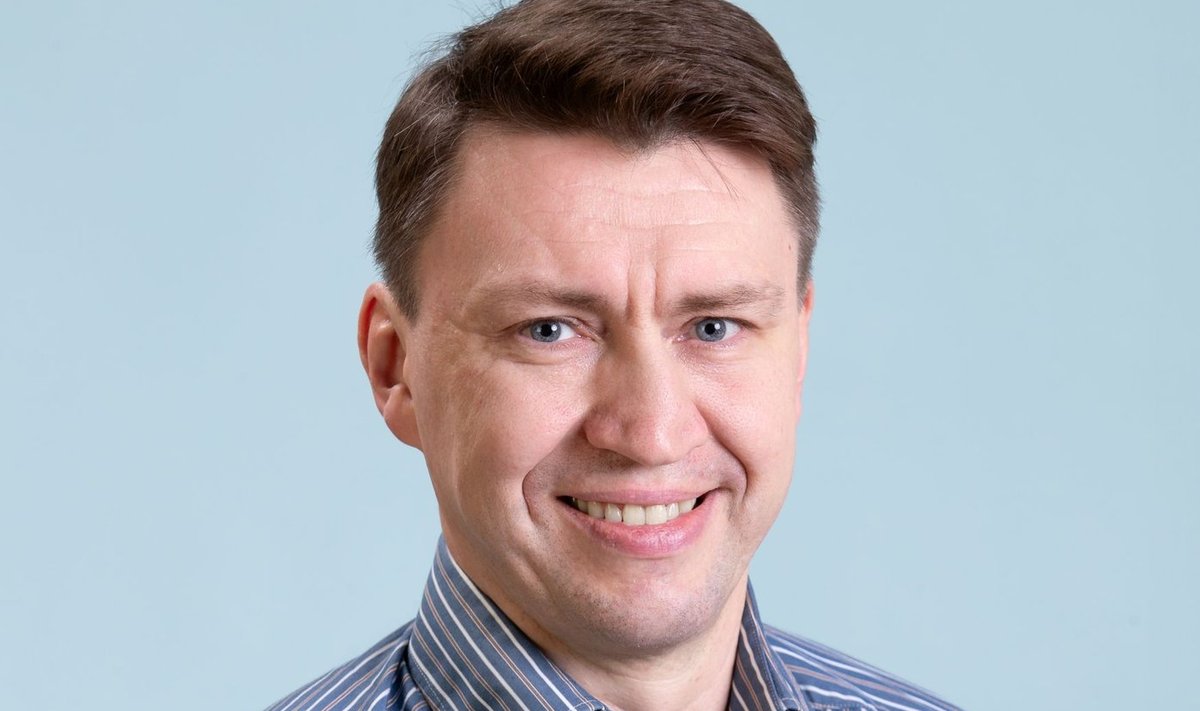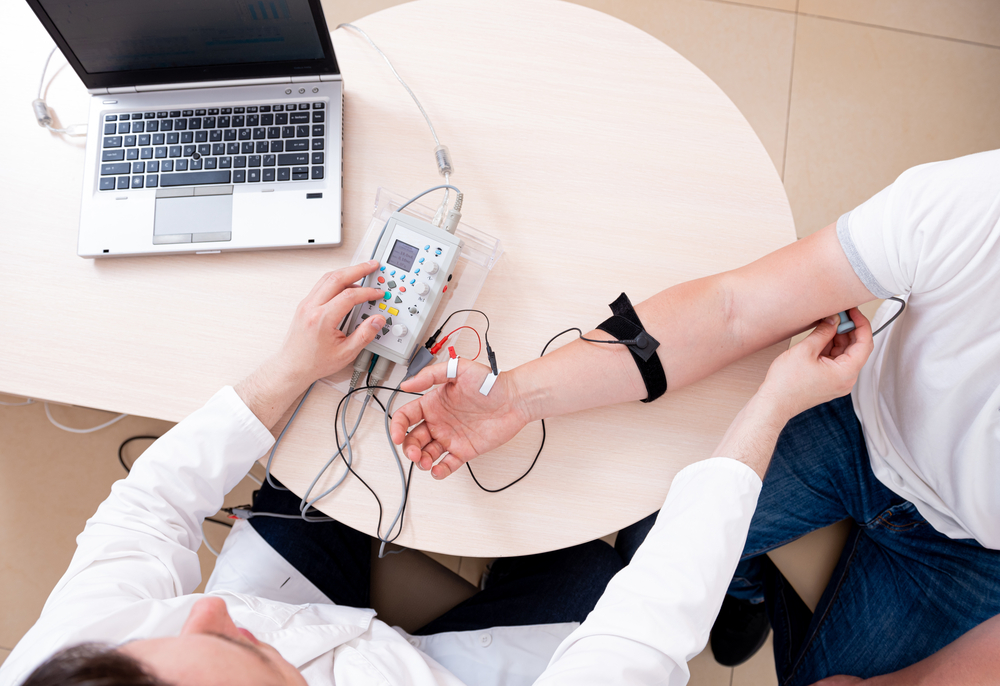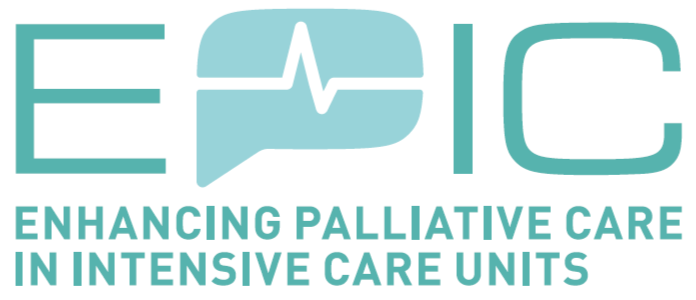ESAIC News
With your permission - Best practice in the consent process
Dr Paul Murney and Dr Paul McConnell
Informed Consent is a fundamental aspect of how we as doctors build trust and make the best decisions for our patients. To effectively practice medicine, we must endeavour to ensure patients have a say in their treatment and understand why we have chosen that specific path. Informed consent protects patient’s autonomy and allows them to make their own decision free of coercion with all the necessary information provided.
Patients and doctors must work and exist in partnership, however within this partnership there is an uneven balance of power. Doctors ultimately control the flow of information and the access to treatment and resources. When we talk of “informed” consent, there is a danger that this is limited to what the doctor deems important, and the patient is not truly free to make an authentic choice.
Though many schools of ethical philosophy exist, there is a “golden rule” which finds itself at the heart of most- “do unto others as you would have done unto you”, but for consent this may not only not be enough but is the greatest source of the imbalance of power within the doctor/patient relationship.
At a base level, for Consent to be valid it needs to meet minimum requirements and falling short of this it is not valid regardless of whether the patient agrees verbally or in written form.
These requirements relies on the patient’s decision being voluntary and free from influence or pressure from friends, family, or perhaps most importantly any medical professional. It must be informed. This means the patient has been given all relevant information, encouraging meaningful dialogue, and incorporating the risk of harm attached, the reason why we have chosen this option and any sensible alternative treatments (including doing nothing). Allowing the opportunity to ask questions is not just polite but imperative.
Finally, the patient must also have the capacity to give consent. Capacity can often be difficult for doctors to assess and is often fluid, but a general interpretation of capacity would be the ability to understand the information given, retain it, consider the information when making the decision and relay their decision back.
The requirements to be voluntary and informed go hand in hand with the nature of the information given and the way in which it is presented. For many years an attitude of “the doctor knows best” was pervasive in consent practice. Things that the doctor took to be important were what would be discussed and nothing else. Thankfully these times are (mostly) passed. The UK has like many other countries seen a move from what the doctor believes is important to what an objective to patient thinks is important to what this patients thinks is important. The key has become “materiality”; what does my patient attach a material importance to in terms of risk and outcome? This mirrors our moves in research to transition from cold binary experimental outcomes to patient centred ones. If our goal is to provide precision with real-world outcomes for our patients, then our approach to consent must be equally bespoke. It is for this reason it is not enough to ask, “what would I want to know”, but what would this patient want to know. Our discussion of risk must be tailored to the person in front of us. An opera singer is likely to attach a great deal more significance to vocal cord injury and may need a more in-depth discussion of risks and regional outcomes, an elderly patient managing to live independently may attach much more significance to the risk of cognitive decline and loss of independence than they do to the risk of death or the cure of their cancer.
Having autonomy means that patients must be free to make a truly informed choice weighing up the factors that are important to them, even if we as doctors think that choice (if reached authentically) is the “wrong” one.
Part of our role though as experts and professionals is to strike a careful balance. Too much information can be counterproductive. It can confuse patients, frighten, and ironically compromise autonomy. Deciding the detail and depth of information required for informed consent is a skill in of itself. Sympathetic understanding of the emotions that they may be feeling and allowing patients the right to be listened to is paramount to fostering a safe environment for truly informed consent. It is here where the art of the physician lies as much as it does in any technical prowess.
The timing of the consent process is also important. Consent should not be a single point event rather a discussion where questions can be asked, and options considered. Where possible consent should not be obtained immediately prior to procedures being performed. New information on the day of surgery is unlikely to be properly processed and this is why preoperative consent should be discussed and obtained prior.
Challenges within consent
Emergencies in themselves often happen fast and without warning, this means that allowing adequate time to consider all the aspects required for informed consent isn’t possible. You can’t go away and “mull it over” when deciding upon an emergency laparotomy the same way you can consider the pros and cons of having a colonoscopy. In this instance, the clinician must balance the adverse outcomes of allowing more involved discussion vs the negative impact of delaying urgent care. This is often not black and white and requires a situation specific approach and considered clinical judgement. Even in the UK’s newer patient-centred consent legislation there exists the “therapeutic privilege” where a doctor can withhold certain parts of the information if they believe it will cause undue harm to the patient. This power most only ever be used in the rarest and extremes of situations such as time critical emergencies where life is at stake. Where a patient’s capacity is compromised, treatment should be undertaken in their “best interests”. These “best interests” must however go beyond their medical needs and reflect their wider psychological, social, and spiritual beliefs and reasonable efforts must be made to explore these in the time available.
As Patients have autonomy to give consent, they have that same power to withdraw consent. Consenting immediately prior to an intervention doesn’t give much time for someone to change their mind and is another reason for the need for a temporal disconnection between consent and intervention. Withdrawal of consent during a procedure is more difficult. In this situation the safety of the patient and the act of stopping the procedure at point of withdrawal must be taken into consideration. A recent case in the UK found that a doctor was correct to continue a life-saving angioplasty on a patient who asked for it to be stopped due to pain as acquiescing to this demand would have resulted in the patient’s demise. It is imperative though that once the immediate life-threatening danger is passed the procedure is ended as quickly and as safely as possible. patient and in this case, it may be appropriate to ignore the withdrawal of consent.
The depth of detail and what to discuss can prove difficult sometimes as we have discussed above. The concept of “sectionality” within the consent process has been explored by the courts on numerous occasions with unfortunately inconsistent results. Do we need to discuss every aspect of our anaesthetics from airway choice to IV placement? As a rule of thumb, we must refer ourselves back to our patient-centred consent practice. Would this patient place a material importance on a particular aspect of our technique and are there alternatives to it or would it be a “deal breaker” for the patient? The opera singer, the professional musician may have different requirements, but by the same token we should not exclude them from being offered our standard practice even if we feel it is higher risk for them, provided they are suitably counselled. It is also useful to consider whether there are aspects of our practice which carry risk and are non-essential for the completion of the surgery (supplemental regional blocks for example). These too should be discussed separately as should any intervention which the patient may not expect to be part of standard practice (In the UK this would include the insertion of a suppository while under anaesthesia).
Consent is the ultimate expression of the trust and respect which is at the heart of the doctor-patient relationship. It may be challenging but giving them the information and opportunity to empower them to make informed decisions is one of our key roles as healthcare professionals. We must respect their choices recognising what is “right” for us may be “wrong” for them. Most importantly we must also remember that not doing anything is a valid a course of treatment should the patient wish it as any intervention. Within consent we are experts, facilitators and advocates, but above all we must be supporters who empower our patients to make the decisions that are right for them.










